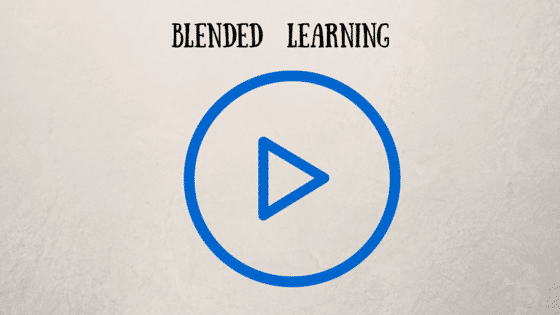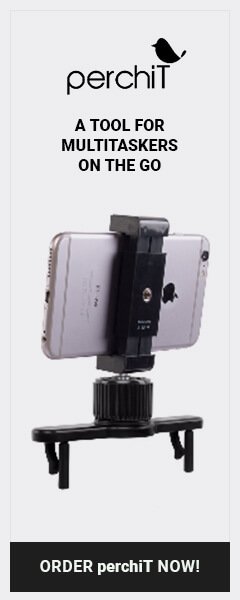Blended learning
Blended learning is a hot topic in education. Why wouldn’t it be? The world has progressed to and through the digital age. Content and services delivered via “e-means” are now ubiquitous. This has translated into a revolutionary view of educating students in a variety of settings for a multitude of different ends.
You might be a high school physical science teacher who wants to spend most of your instruction time facilitating hands-on activities to teach and reinforce class objectives using the “flipped class” method to have students receive instructional content as homework, so as to maximize classroom project-based learning.
Or, you might be an adult literacy teacher who wants to augment the once a week face to face instruction time you spend with your student with online exercises. You might also be facilitating a professional development class with a group of employees who due to time constraints need flexibility in the delivery of course content.
Each of these scenarios has a common denominator, the need for electronically delivered material to either enhance or replace a component of the traditional “brick and mortar” classroom lecture. And what’s better than video to do it?
The hybrid course
In the early 2000’s my university was conducting its first hybrid courses in the school of communication. The hybrid courses consisted of traditional lectures once a week, supplemented by pre-recorded lecture videos viewed online that continued and expanded upon the subject matter. These videos could be watched at any time prior to the once weekly in-person lecture.
There are a couple of things that I observed about my learning style and those of my peers with regard to the online videos offered in hybrid courses. And these really shouldn’t be too much of a surprise:
We like sounds and pictures
And movement. Let’s not forget that. A number of us at least to some degree are visual learners. What the online lecture videos offered was a chance for students to continue the learning process with a visual and a narration.
We’re primed to watch out for visual and auditory cues. This was important back in our days as a species on the savannah. Those who saw a predator or heard rustling in the grass were more likely to survive than their less observant counterparts.
This is an evolutionary trait that has predisposed us to be engaged when our sense of sight and hearing are piqued. Although reading a book, or viewing static online content (journal article, blog post, etc.) can be valuable learning tools, an instructional video can add more sensory impact to enhance a blended learning experience.
Presence
We’re social creatures. Though this is not an across the board rule for everyone – monks? – we generally like being around other people. Video components to a blended learning platform not only give students the visual and auditory sensory stimulation that keep them engaged, they can add the human component that is missing in static digital content (book chapters, online articles, etc.). I.e., a student can connect with an online lecture or other instructional video with a live person or animation much more easily than staring at flat, immobile content.
Whether blended learning takes place in a K-12 context, as a hybrid course in a university, or in a vocational training format, a video component adds a valuable tool to the teaching and reinforcement of classroom learning objectives. Video, in a lecture, a recorded interview, or even an explainer video centered around a given topic, can enhance the learning experience and be utilized as a training and teaching tool as blended learning continues to becomes the norm in pedagogical practice.
Jonathan Casiano


